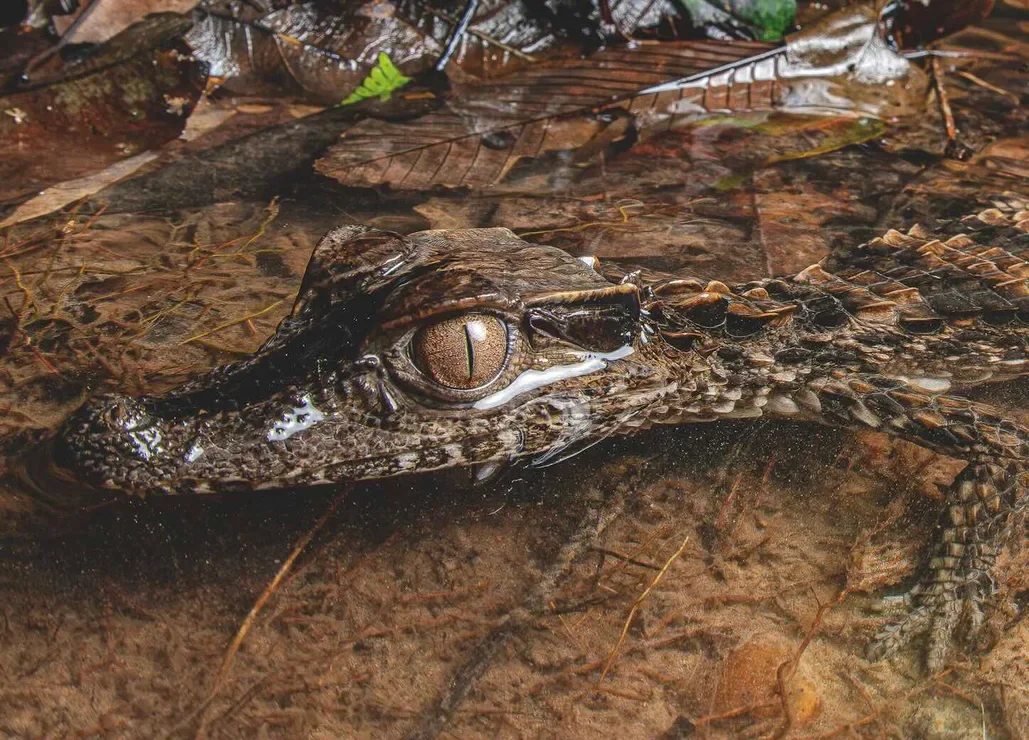
Caimans of the Amazon: Unveiling the Secrets of a Remarkable Reptile
Gliding down the Tambopata River in the Peruvian Amazon, the essence of adventure fills the humid night air. Amidst the heat and relentless mosquitoes, conservationists embark on a vital mission to monitor caimans—an endeavor both thrilling and crucial for biodiversity. This initiative, led by Chris Ketola from Fauna Forever, sheds light on the intricate dynamics of these remarkable reptiles.
As the boat navigates through the dark waters, Ketola uses a powerful torch to spot caimans, which are predominantly nocturnal. The Amazon is home to three species: the white, black, and dwarf caiman.
This expedition goes beyond mere observation. The team meticulously records crucial data on these reptiles to understand their biology and population health, which is imperative for effective conservation strategies. The successful establishment of the Tambopata National Reserve in 2000 reflects a triumph for the organization, safeguarding 2,750km² of forest and its inhabitants from destructive activities like gold mining and deforestation.
Chris's passion for the Amazon is palpable. "The prospect of discovering a new species or unveiling the secrets of an animal gives me an unparalleled rush," he expresses, capturing the pulse of biodiversity within this thriving ecosystem. Throughout the night, several caimans are caught, including a juvenile white caiman, which reveals the intricate beauty of these creatures with its shimmering skin and delicate features. 
Caimans exhibit extraordinary adaptations that enable survival in their treacherous habitat. Their streamlined bodies allow seamless swimming, while the palatal valve helps them swallow prey underwater. Ketola's insights emphasize their duality; caimans possess a fierce reputation yet display parental care rarely seen in reptiles.
As Ketola navigates deeper into this immersive environment, each catch reveals collected data that promotes a better understanding of caiman populations. The microchip tagging process aids in tracking growth rates and territorial habits, providing invaluable insights into their ecological role and health.
Yet, the journey isn't without dangers. Chris recounts his close encounter with a caiman that gripped his wrist and spun him three times—a stark reminder of the risks involved in this vital research. Yet, he maintains, "The scientific purpose and adrenaline justify the risks we take."
After several hours on the water, the team returns to their base, reflecting on the evening's success. With nearly 300 caimans caught and monitored, there is hope for the future of these reptiles amid ongoing threats.
This expedition reinforces the pressing need for sustained conservation efforts in the Amazon. As we collectively ponder the fate of our endangered ecosystems, we are reminded: without commitment and action, we risk losing not just caimans, but the rich tapestry of life that depends on their survival. What other wonders are still hidden in the depths of the Amazon waiting to be discovered? Share your thoughts in the comments below!